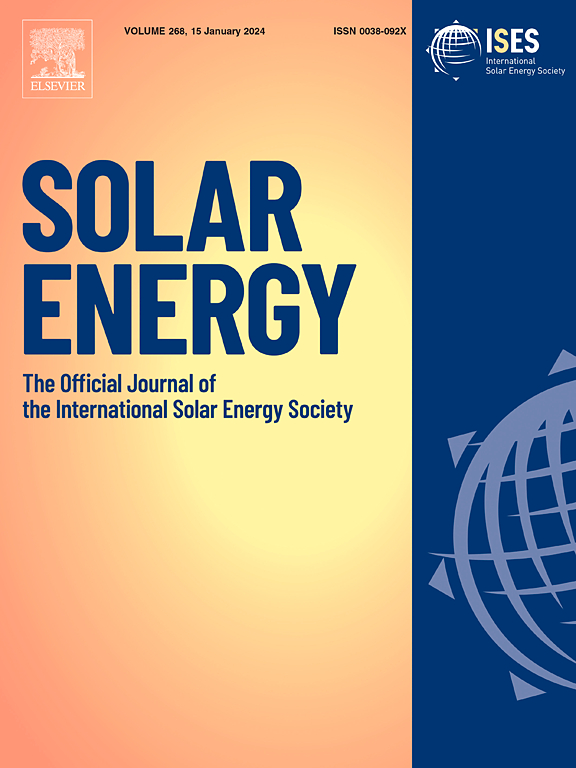Anisotropic Janus monolayers BXY (X = P, as or Sb, Y = S, Se or Te) for photocatalytic water splitting: A first-principles study
IF 6
2区 工程技术
Q2 ENERGY & FUELS
引用次数: 0
Abstract
Recent advancements in two-dimensional materials have unveiled their promise in various applications, particularly in the realms of optics, electronics, and optoelectronics. This study presents a theoretical exploration of a novel class of anisotropic Janus monolayer materials, BXY (with X being P, As, or Sb, and Y being S, Se, or Te), utilizing first-principles density functional theory. Our stability analysis reveal that the eight of these monolayers exhibit high stability, with the exception of BSbS. Through the application of the HSE06 hybrid functional, We’ve identified that these stable monolayers fall into the category of semiconductors with an indirect bandgap, and their band gaps span a range between 0.35 and 3.00 eV. Except for BSbSe, all other semiconductors fulfill the band edges criteria in photocatalytic water splitting. Additionally, we have observed that these materials possess anisotropic and superior carrier mobility and optical absorption properties, attributed to their distinct anisotropic structure. As for the solar-to-hydrogen (STH) efficiency, five of these monolayers exhibit STH efficiencies that go beyond the 10 %, with BAsS and BSbTe reaching notable values of 33.93 % and 36.11 %, respectively. Furthermore, the synergistic effects of photoexcitation and electrocatalysis in these monolayers facilitate the overall water splitting process. Additionally, we explored how uniaxial and biaxial strain impact the electronic, optical absorption, OER, and HER activity, as well as the STH efficiency, of these stable monolayers. We found that a small range of uniaxial strain (−2% to 2 %) can enhance their STH efficiency. In our study, we concluded that BSbTe is the most suitable material for photocatalytic water splitting.

求助全文
约1分钟内获得全文
求助全文
来源期刊

Solar Energy
工程技术-能源与燃料
CiteScore
13.90
自引率
9.00%
发文量
0
审稿时长
47 days
期刊介绍:
Solar Energy welcomes manuscripts presenting information not previously published in journals on any aspect of solar energy research, development, application, measurement or policy. The term "solar energy" in this context includes the indirect uses such as wind energy and biomass
 求助内容:
求助内容: 应助结果提醒方式:
应助结果提醒方式:


